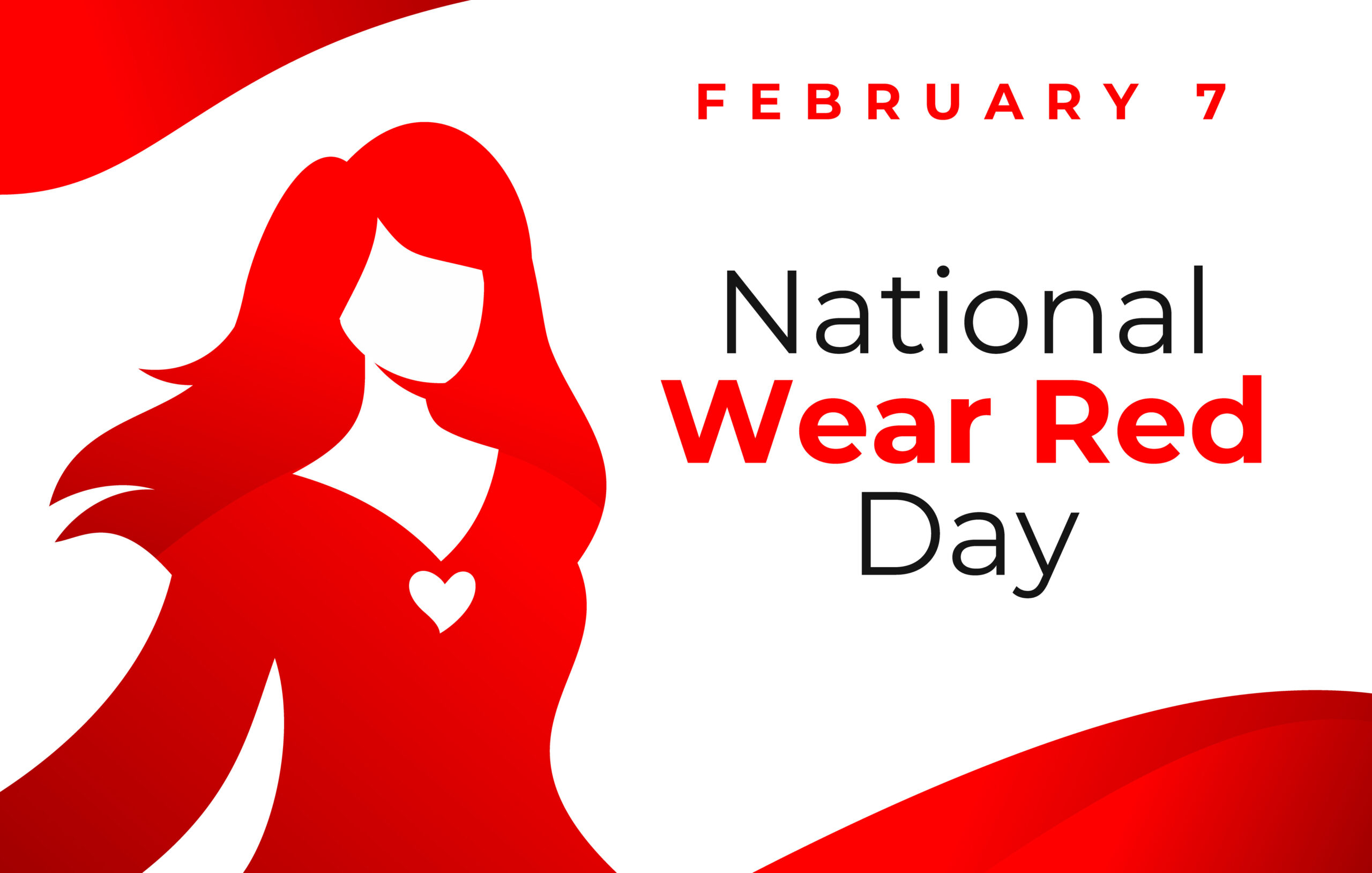February is a month associated with love and the color red, but it’s not only Valentine’s Day women should be thinking about today. On the first Friday of every February, the American Heart Association urges women to wear red to raise awareness about heart disease, the leading killer of women, and inspire women to actively fight cardiovascular disease and stroke.
A recent Women’s Heart Disease Awareness study found that although there is more awareness about heart disease in women, younger women are not as likely to talk to their doctors about heart disease. Heart disease is the number one cause of death among women, nearly doubling between 1997 and 2012.
By prioritizing heart health earlier, more women can prevent cardiovascular disease and stroke. With early detection, women can make preventative lifestyle changes to reduce their risk for heart disease. By controlling high blood pressure, high cholesterol and diabetes, stopping smoking, maintaining a healthy weight and getting regular physical activity, women can lower their risk for heart disease and stroke by as much as 80 percent.
Know the Signs and Symptoms
Although women commonly experience the same symptoms of a heart attack as men with pain or discomfort in the chest, women may also have other symptoms like shortness of breath, nausea or vomiting and back or jaw pain. Pain in one or both arms, the neck or stomach or lightheadedness and cold sweats can also be a sign of a heart attack. Get to a hospital or call 911 if you experience any of these symptoms.
Stroke Symptoms
- Sudden numbness or weakness of the face, arm or leg, especially on one side of the body
- Sudden confusion, trouble speaking or understanding
- Sudden trouble seeing or blurred vision in one or both eyes
- Sudden trouble walking, dizziness, loss of balance or coordination
- Sudden severe headache with no known cause
Source: Go Red for Women
According to the Go Red for Women initiative, 88 percent of millennial women worry about their mom’s health. It’s time to make a change and encourage women to check their numbers, adopt a healthy lifestyle, assess their risk, educate their families and talk about heart disease with other women. Learn more by watching this short YouTube video.






Add Your Voice
0 Comments
Join the Discussion